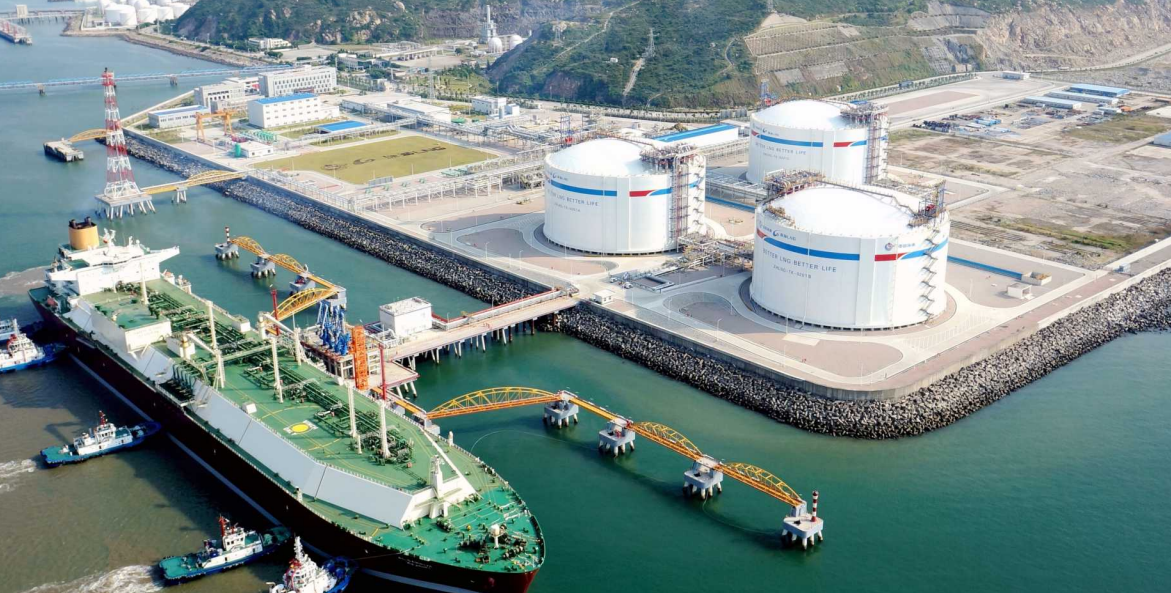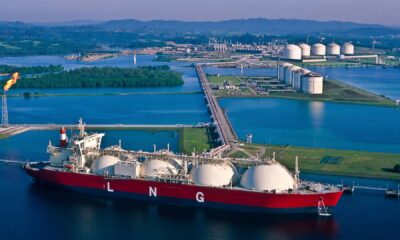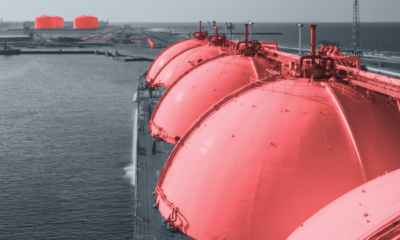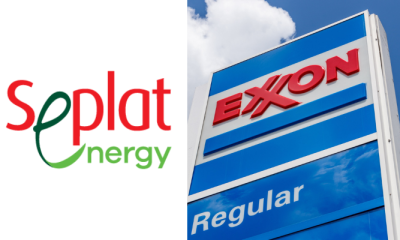NEWS
Global LNG trade skyrockets to over 401 million tonnes in 2023

The International Gas Union (IGU) released its 15th annual World LNG Report on Wednesday, revealing that global LNG trade grew by 2.1% in 2023, exceeding 401 million tonnes (MT).
This thriving market now connects 20 exporting nations with 51 importing markets. Despite this growth, supply remains the primary limiting factor. After two turbulent years, the LNG market has found a fragile equilibrium due to a lack of spare supply in the near term.
LNG continues to play a crucial role in the global energy mix, recognized for its flexibility, efficiency, and reliability. Decarbonizing the LNG value chain is a priority for industry stakeholders, leading to innovative emissions-reducing measures such as integrating renewable electricity, carbon capture and storage, developing e-methane, and expanding bio-LNG production.
global LNG report 2023 highlights significant growth in LNG receiving capacity, which reached 1,029.9 MTPA by February 2024, with nearly 70 MTPA added in 2023—the highest increase since 2010.
Europe led with a 30 MTPA addition, followed by Asia with 26.9 MTPA and Asia Pacific with 13 MTPA. The Philippines and Vietnam became new LNG importers in 2023.
Supply constraints persisted, with only a 0.8% year-on-year growth primarily due to Indonesia’s 3.8 MTPA addition at Tangguh LNG. However, global liquefaction capacity is projected to surpass 700 MTPA by 2030, driven by new final investment decisions and ongoing projects to meet growing demand, especially in Asia.
The US emerged as the largest LNG producer and exporter in 2023, with exports reaching 84.53 MT, followed by Australia (79.56 MT), Qatar (78.22 MT), and Russia (31.36 MT). Spot LNG prices in 2023 averaged $13.86/mmBtu, making imports more affordable for Asia. China reclaimed its position as the largest LNG importer at 71.19 MT, while Europe maintained its status as the second-largest importing region with 121.29 MT.
The LNG market is evolving rapidly, driven by rising demand in emerging markets, increased market participants, and technological advancements. In 2023, around 180 companies engaged in LNG deliveries under term contracts, with approximately 35% of transactions being spot-priced.
Despite these advancements, several uncertainties challenge the market’s stability. These include the Biden Administration’s pause on non-FTA LNG project approvals, sanctions on Russian LNG, potential non-renewal of the Russian gas transit deal by Ukraine, shipyard bottlenecks, Middle East security risks, and declining gas field supplies. Notably, over 120 MTPA of operational liquefaction capacity is over 20 years old and facing mothballing due to insufficient upstream gas production.
IGU President Li Yalan emphasized the industry’s resilience and innovation in overcoming recent challenges. As the world transitions to a low-emission future, LNG will be vital in ensuring energy affordability, availability, and security, providing resilience amid global energy uncertainties.






























